Assessing the GVN military in Vietnam War
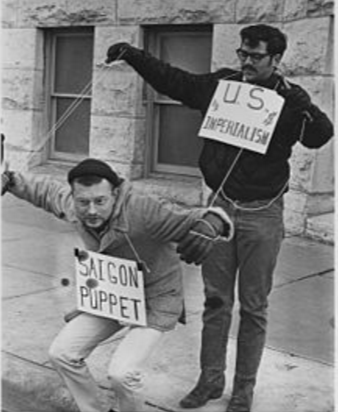
As the war was intensifying between North and South Vietnam, the fighting spirit of the GVN military was dwindling.
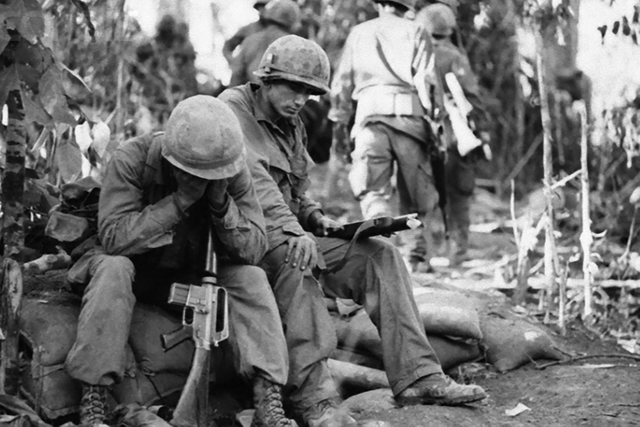
The United States initiative to decrease American military presence in Vietnam by 1975 was seen by many the reason way the war was lost. Up until that point, United States government was assisting the GVN by implementing funding for better military equipment and more directives from US advisors to go over with South Vietnam’s high-ranking military officials to make them better tacticians during the war effort.
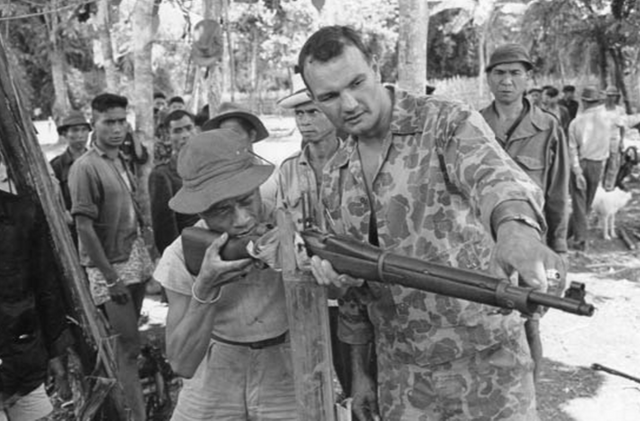
The United States felt that there outpouring of military equipment and support to the military strategy would allow the GVN to fight the war on their own at some point. Despite diminishing US support to the GVN’s war effort against the communist North, the GVN has made strides starting in 1968 to improve their stance economically, politically, and militarily to win the war, but their improvements were insufficient with incompetent leadership unable to inshore victory.
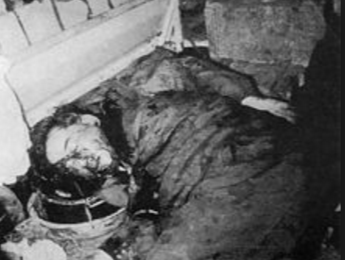
After the fall of the Diem regime, the South Vietnam regime was going through a phase of instability by the summer of 1965 with a government in transition. The RVNAF’s military underwent major defection of troops due to a loss of morale and instability in military leadership. This instability led to the Americans full military presence in Vietnam starting in 1965.
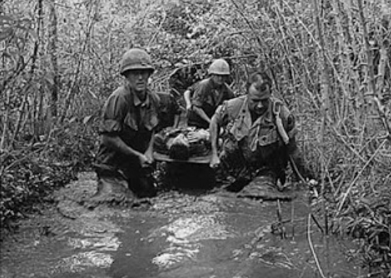
South Vietnam’s military in 1965 was around the hundred thousand troops with little offensive attacks coming from their large battalions in military engagements with the North Vietnamese.
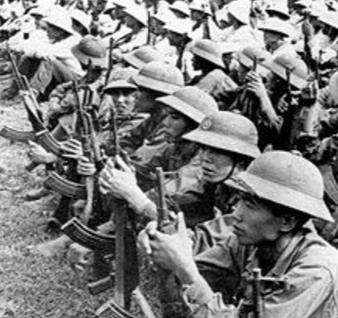
With the increase of US involvement in the war, offensive engagements with the North Vietnamese military had figures showing 90% of the troops on the ground were US military, leaving the Americans exhausting more to the military effort in contrast to the South Vietnamese.
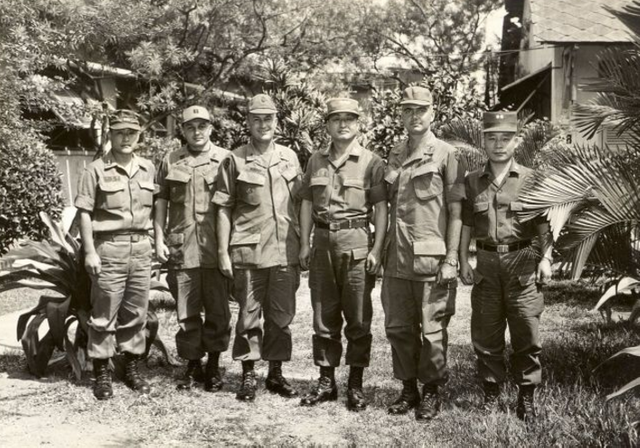
As the US took control of the war effort this undermined the GVN from taking any initiative leaving a “significant adverse effect” both directly and indirectly causing the southern Vietnamese military to have “marginal combat effectiveness” and a heavy reliance on American troops to shoulder the load of the war.
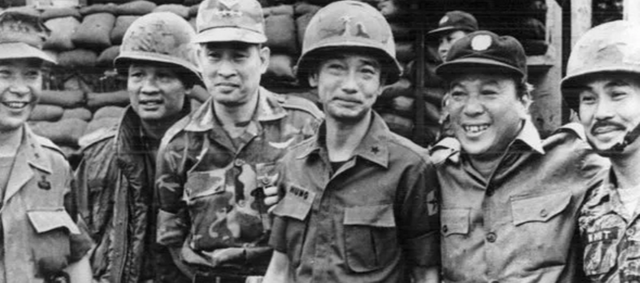
The GVN had its fair share of corruption that infested its ranks, this made the initiative even more of a struggle. An example of South Vietnam corruption happened in 1969 were 4.5 million gallons of gasoline delivered to Vietnam from the United States mysteriously disappears every month upon delivery.
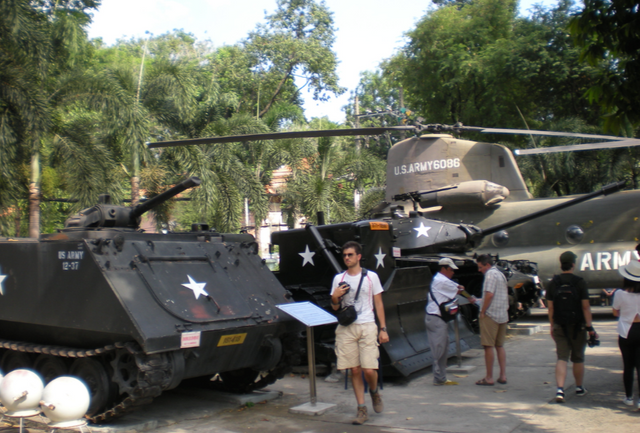
Military equipment left behind
This large investment made by the United States in the GVN’s war effort became a lucrative commodity used as payment to persuade generals not to engage in coup d’état. The minister of Defense was well aware of the “massive racketeering” that severely hampered the war effort against the North Vietnamese.
A second example of South Vietnamese corruption came from individuals who left the ranks of the ARVN as deserters, casualties of war or some were allowed to leave the Army for other pursuits. These people were still getting checks and were on the payroll of the military.
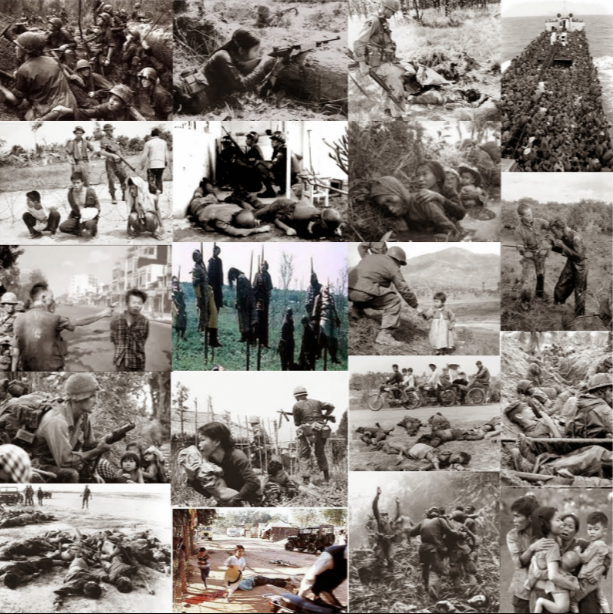
This blatant waste of capital is seen to be one of the “most lucrative of all forms of RVN corruption,” which undermined the war effort as these funds could have been invested in other areas. ARVN officers claimed the payment of the so-called “ghost soldiers” who were missing in action were collected by senior officers of the southern Vietnamese military.
Although the southern Vietnamese had corruption in its ranks, top officials in its military and government sought to make improvements to the war effort.
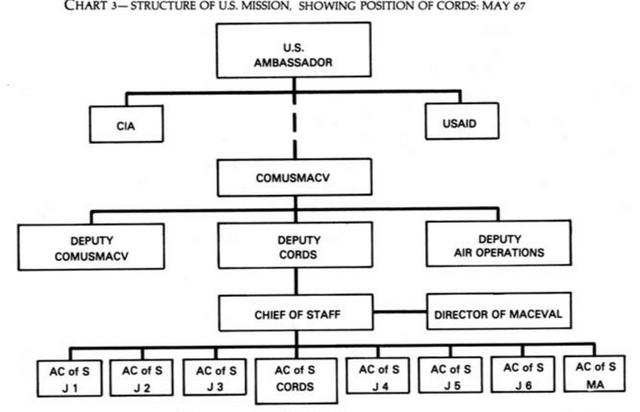
This initiative came from the establishment of CORDS which followed by an incremental demilitarized of US troops from Vietnam under the order of Pres. Lyndon B. Johnson beginning in the summer of 1965.
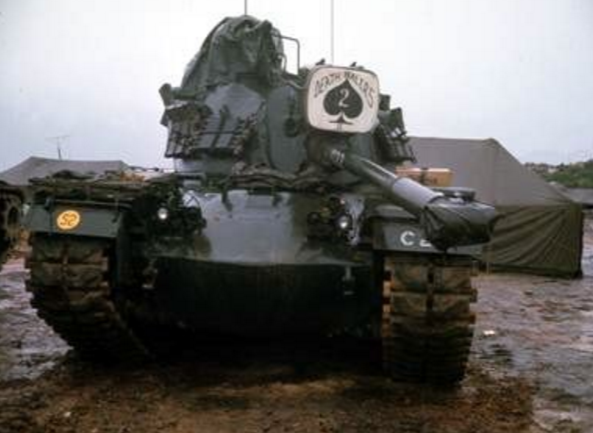
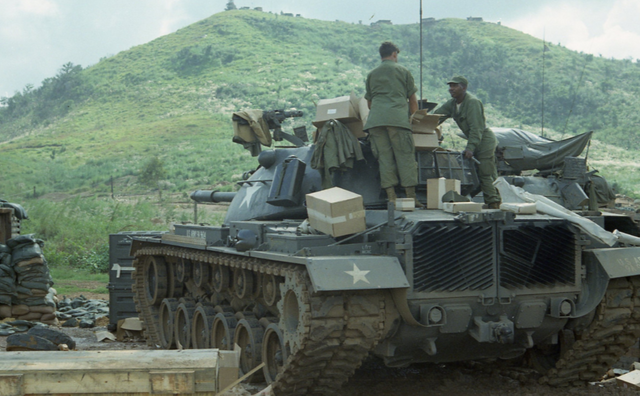
The first order of business was to improve the equipment of the ARVN, this would allow the southern Vietnamese military to undergo a “modernization of their armored forces” to make them a more formidable fighting force. The GVN also made political strides as a free state by establishing a new constitution in 1967 in a democratic effort of self-determination to take “responsibility for its own existence” in the wake of the United States demilitarized which concluded in 1973.
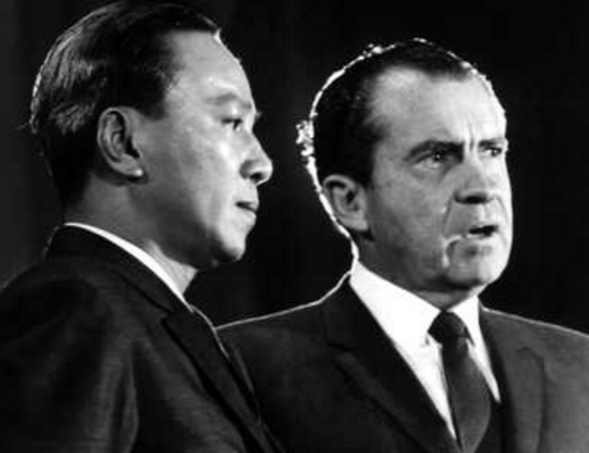
This accomplishment in the political sphere led to elections with various parties that emphasize protection of individual’s civil liberties adopting Western “democratic norms of politics” furthering the evolution of the GVN. South Vietnam also had economic successes with increased production and distribution of rice crops which was needed to supplement lost aid from the United States which was suspended after US troop withdrawal from Vietnam. A final success for the GVN was their land reform initiatives.
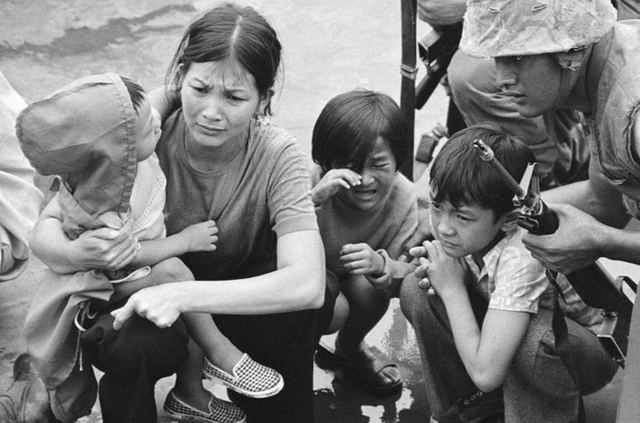
With 70% of the population owning little to no land, it was important for the government to “lower rents and an increase in real wages” which helped improve the daily lives of the peasant population.
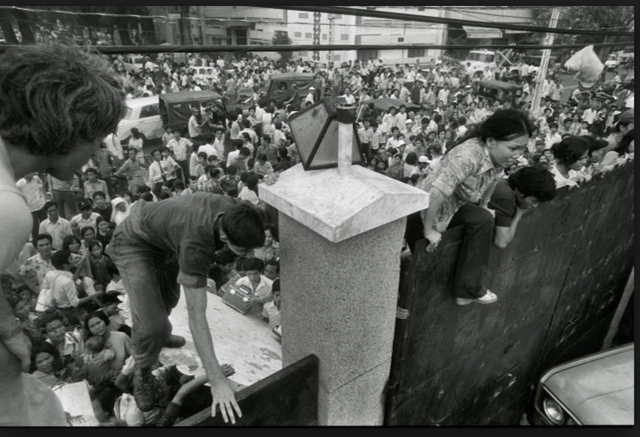
Although the southern Vietnam regime made advances from 1967 to 1975, they were not in the position to win the war of the hearts and minds of the people in Vietnam, nor the war being waged on the battlefield. The ARVN as a military fighting force was very questionable from the top down, to say the least. Troops that were in divisions conducting advisory service would distract American advisers with women in order to avoid detection of unethical activity and received good reports to maintain their position. The professionalism on the leadership level of the South Vietnamese military was appalling with many officials not being compassionate for their troops under their command which “further damaged the unit cohesion” making it difficult to succeed in the war effort. Due to insufficient training to those in the ranks of leadership roles led to a social division between troops from the upper-middle-class and troops from lower economic classes which further hampered the morale of troops. Troops within the ARVN there was a sense being an inadequate fighting force compared to the VC, often having a demoralized fighting spirit in comparison to their adversaries.
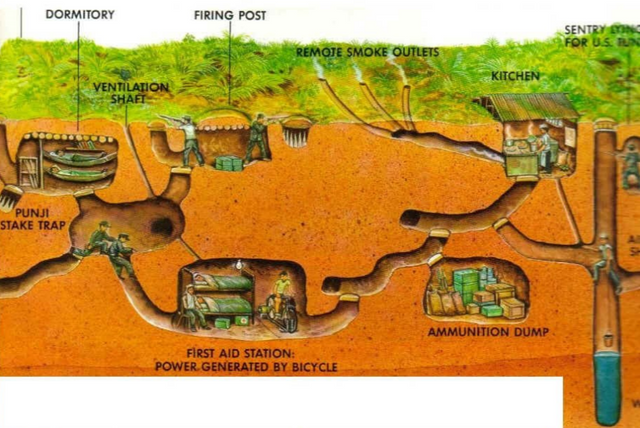
The Viet-Cong are masters of guerrilla warfare deploying small rebel forces, in contrast, the South Vietnamese relied heavily on sophisticated weaponry. This mindset of the GVN to be “entirely dependent on foreign support” led to their military not be-ing able to sustain initiatives that were on the offensive against their adversary after the American withdrawal from Vietnam.
If you enjoyed my work
